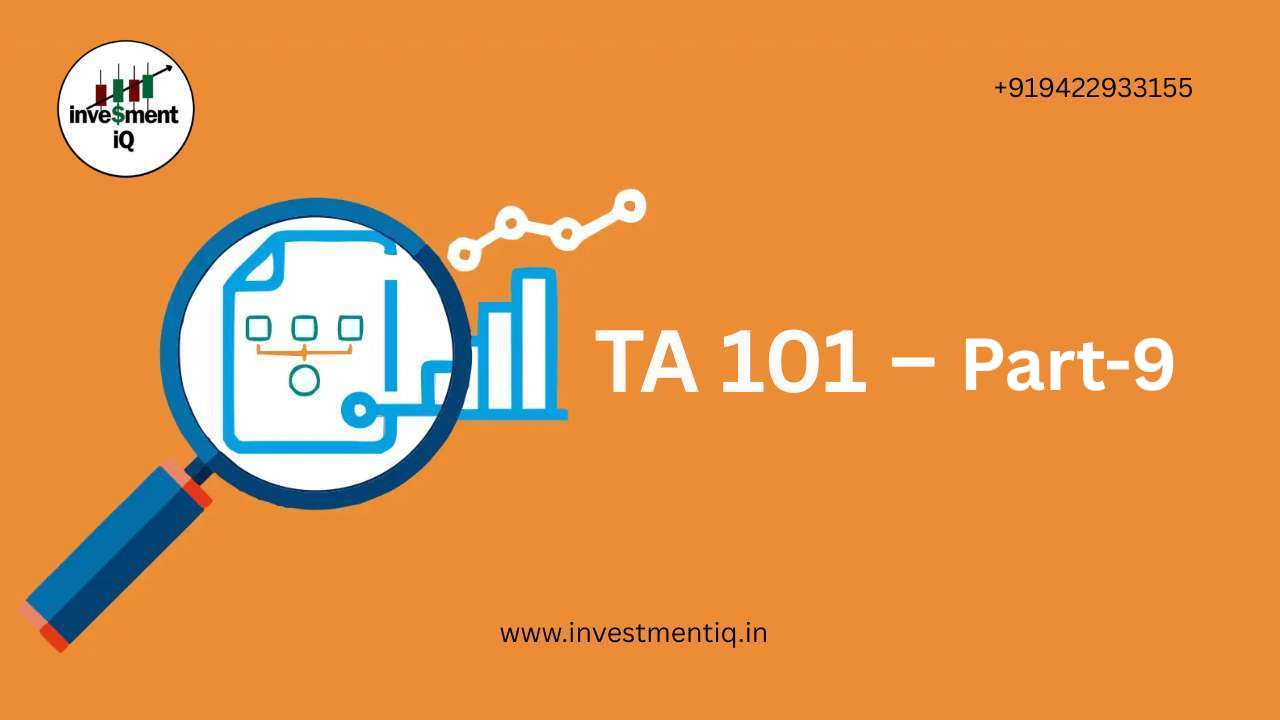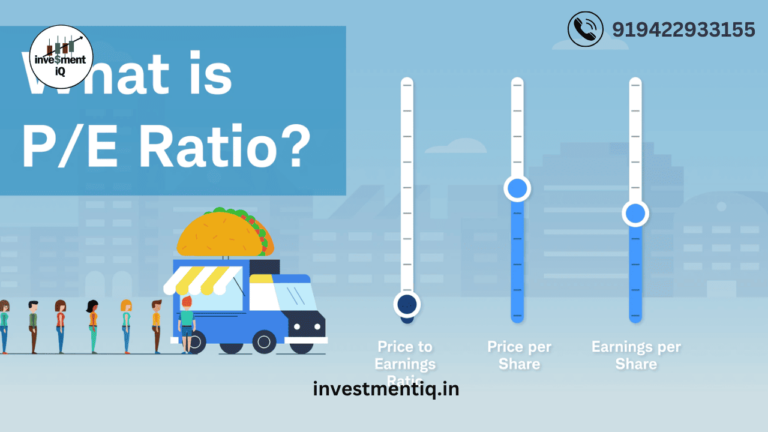Price Channels
Trending prices frequently form a channel in which parallel trend lines can limit prices above and below. When trend channels form, it is helpful to draw the top and bottom trend lines and monitor how well prices stay within the channel.
Prices in an uptrend may be weakening and preparing to reverse if they do not reach the upper channel line. Also, if prices suddenly break above the upper channel line, the uptrend may be either beginning to exhaust itself and reverse direction or be starting a new, steeper trend. In price channels with a downtrend, the same thing happens.
Technical Analysis of Trend Changes
Trending prices can only go three directions: continue in the direction of the trend, change to a trading range, or reverse the direction of the trend. Trend changes are most easily recognized by watching the price peaks and troughs. An uptrend makes higher price peaks and troughs. A downtrend makes lower price peaks and troughs. In a trading range, price peaks and troughs are roughly equal over time.
A change in uptrend begins when a new price peak is similar to or lower than the previous price peak. When the next price trough is similar to or lower than the previous one, the change is confirmed. Price ranges and downtrends both change in the same way. The pattern of previous price peaks and troughs is broken by new ones, and the change is confirmed by the next peak or trough.
Price and Volume Data Adjustments
The price of the underlying security can be affected when a fund makes a distribution or a company pays a dividend. The price of a company’s stock, for instance, decreases by the dividend amount when dividends are paid out (ex-dividend date). Because of the change, price and volume data adjustments are necessary for technical indicators to be valid.
Technical analysts generally view charts with adjusted price data. If you want to view unadjusted price data in the Classic SharpCharts Workbench, type an underscore symbol before the ticker symbol, e.g. _TSLA.
Deactivate the Adjust For Dividends checkbox (click the settings icon) if you want to view unadjusted price data on your chart when using the New SharpCharts Workbench.
In part 10 we’ll look at how volume can confirm trend-change signals.
you may be interested in this blog here:




